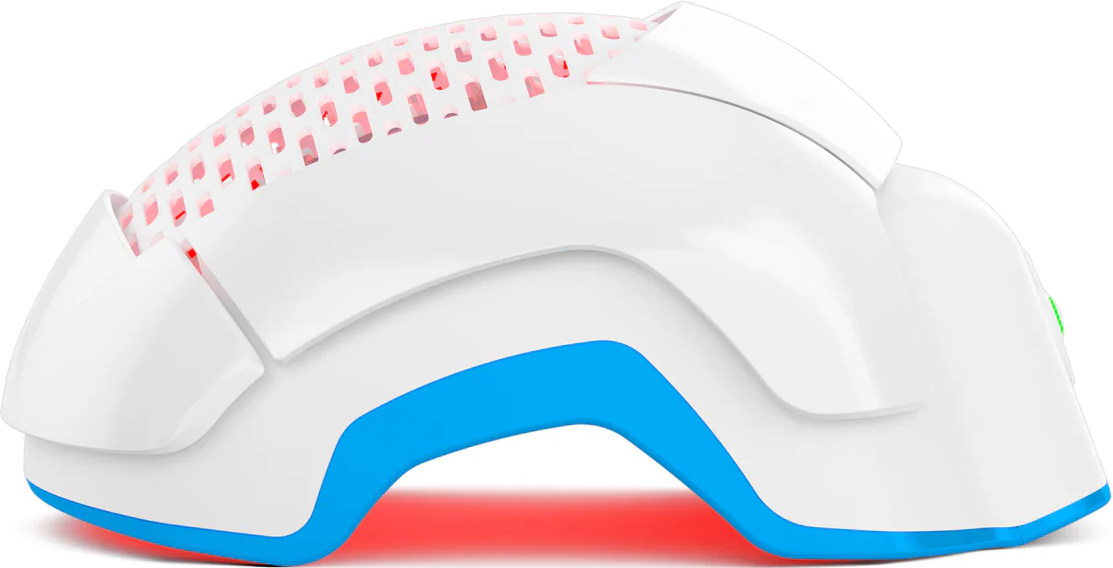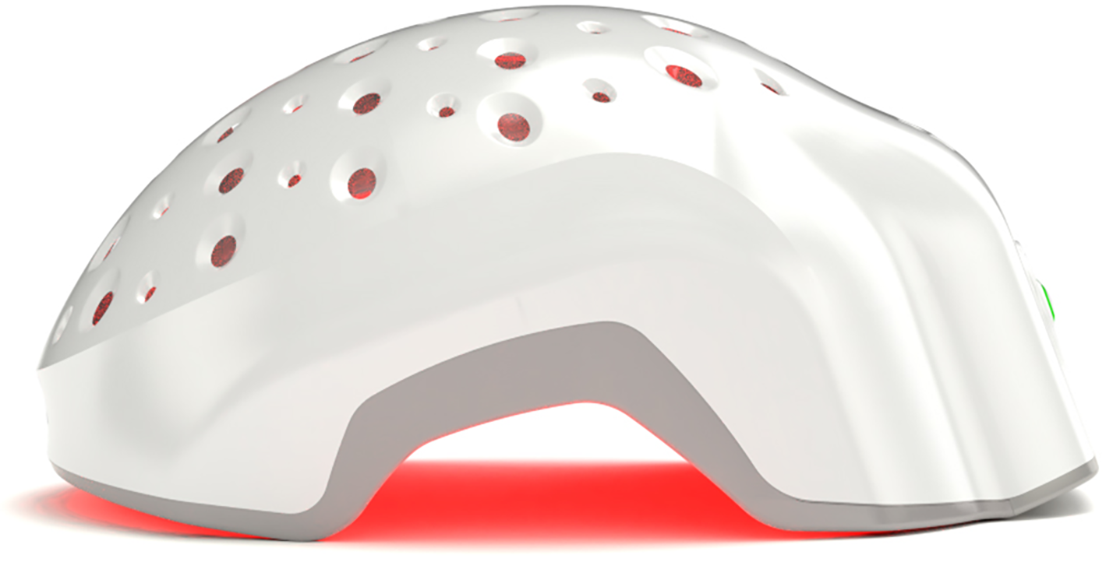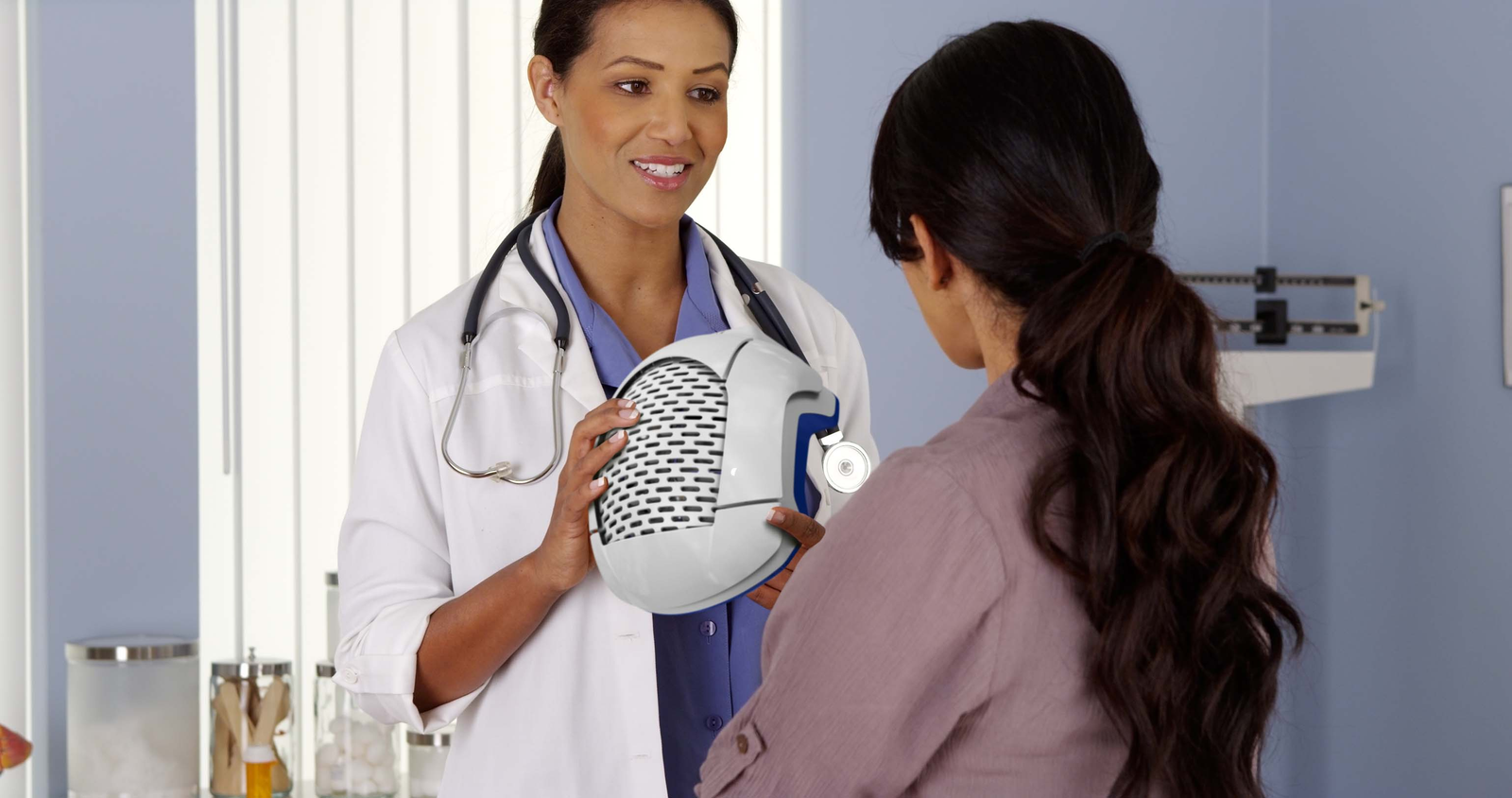Alopecia areata might not ring a bell to everyone. But remember that it is more than just hair loss. The sudden and unpredictable nature of alopecia areata often leaves individuals feeling bewildered and searching for answers. This article will discuss alopecia areata, exploring its causes, symptoms, and available treatments.
Alopecia areata is characterized by the sudden loss of hair. It might be small, rounded patches or more extensive baldness. The drastic transformation in one’s appearance due to hair loss often leaves individuals perplexed and searching for solutions. It can affect an individual physically, emotionally, and psychologically.
Understanding Alopecia Areata
Alopecia areata is classified as an autoimmune disorder in which the immune system mistakenly attacks hair follicles, resulting in hair loss. According to Medical News Today, alopecia areata affects around 6.8 million people in the US and 147 million people worldwide. During Alopecia areata, the affected hair follicles become smaller and can’t grow properly. The reasons why the immune system behaves this way are not fully understood. That’s why this is a complex condition to address. However, scientists believe it’s caused to be genetic since it tends to run in families.
Causes of Alopecia Areata
The exact cause of alopecia areata remains elusive, but research suggests that it is the result of an interplay of genetic, environmental, and immune system factors. Genetic predisposition seems to be a significant factor, with a higher likelihood of developing the condition if a family member has experienced it. Additionally, the immune system’s response to certain triggers may play a crucial role in the onset of alopecia areata.
Some research has also found that many people with a family history of alopecia areata also have a personal or family history of other autoimmune disorders. While many people think alopecia areata is caused by stress, there is very little scientific evidence to support this view. While extreme cases of stress could potentially trigger the condition, most research indicates a genetic cause for alopecia areata.
Find out what you can do to stop stress hair loss.
Symptoms and Signs of Alopecia Areata
The most apparent sign of alopecia areata is the sudden appearance of round or oval patches of hair loss on the scalp or other areas with hair. These patches are typically smooth and devoid of any signs of irritation or inflammation. In some cases, individuals may experience tingling or itchiness before hair loss occurs. Beyond the physical signs, the emotional toll it takes on individuals can be equally challenging to manage.
The hair loss caused by alopecia areata can be sudden and can develop in just a few days or over a few weeks. There might be itching or burning before the hair loss in the area. However, the hair follicles are not permanently destroyed. Therefore, the hair can regrow if the inflammation of the follicles subsides. Individuals who experience just a few patches of hair loss often have full recovery without any other treatments.
Some patients recover from alopecia areata within a year, while many will experience more than one episode. Whereas 10 percent of people will go on to develop alopecia totalis or alopecia universalis.
Here are the signs and symptoms of alopecia areata:
- It typically manifests as round or oval patches of hair loss on the scalp. The patches are usually smooth and without any signs of inflammation or scarring.
- Regrowth of new hair, which is often white or fine in texture compared to original hair.
- Some individuals may experience changes in nails, such as pitting, ridges, or white spots.
- Some individuals may experience a tingling or itching sensation in the affected area.
- Hair may regrow within the affected patches in a cycle of hair loss and regrowth. The regrowth can be erratic and unpredictable.
- Alopecia can also affect the eyebrows, eyelashes, and other body hair, causing partial or complete loss.
Treatment Options for Alopecia Areata
While there is no definitive cure for alopecia areata, various treatment options aim to manage the condition and stimulate hair regrowth. Also, the treatment effectiveness varies from person to person, and what works for one individual may not work for another. Here are some common treatment options for alopecia areata:
Topical Corticosteriods
These are the most commonly prescribed treatments and can help in reducing inflammation and suppress the immune response that attacks hair follicles. They are applied to the affected areas of the skin.
Topical Minoxidil (Rogaine)
Minoxidil is a topical solution that can promote hair growth. It’s available over-the-counter and may help regrow hair in some people with alopecia areata.
Anthralin
Anthralin is a topical medication that alters the immune function of the skin. It is used to induce hair growth in alopecia areata.
Corticosteroid Injections
Intralesional corticosteroid injections can be given directly into the affected areas of the scalp or other affected areas. These injections help stimulate hair regrowth.
Topical Immunotherapy
This involves applying a chemical like diphencyprone to the scalp to induce an allergic reaction, which can help stimulate hair regrowth.
Systemic Corticosteriods
Oral corticosteroids may be prescribed in more severe cases or when extensive hair loss is present. However, they are typically not a long-term solution due to potential side effects.
Hair Transplantation
Hair transplantation can be an option for those with stable alopecia areata and limited hair loss. This involves taking hair from one area and transplanting it to the affected areas.
PRP Therapy
In PRP therapy, blood from your body is removed, processed, and injected into your scalp at affected areas to stimulate hair growth.
Styling Techniques
If any other treatment options aren’t suitable for you or your body isn’t responding to them, you can hide your hair loss with certain hairstyles, wigs, or weaves.
LLLT Treatment for Alopecia Areata
Low-level laser therapy has been investigated as a potential treatment for alopecia areata, but its effectiveness remains a topic of ongoing research and discussion. Responses to LLLT can differ widely among individuals. While some may experience improved hair growth and thickness, others may not notice significant changes.
LLLT can also be used with other treatments, such as topical corticosteroids or minoxidil, to potentially enhance its effects. Combining treatments is thought to address the multiple factors that contribute to alopecia areata.
LLLT is generally considered safe with minimal side effects. It is a non-invasive procedure that does not cause pain, although some individuals may experience mild scalp irritation. Consistency is key when using LLLT. Regular and sustained use of the LLLT device, typically several times a week, over an extended period (months) may be needed to notice potential benefits.
Theradome, a laser hair growth device, shows promise in stimulating hair growth and improving hair conditions. Experience the potential benefits of Low-Level Laser Therapy with Theradome for healthier hair growth. Start your journey toward a fuller, thicker mane. Discover Theradome today and take the first step toward revitalizing your hair!






















